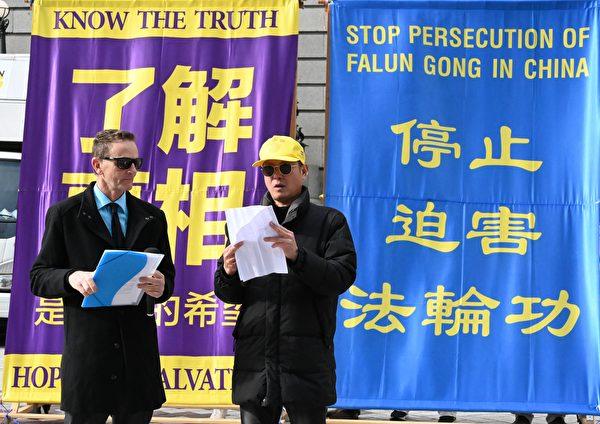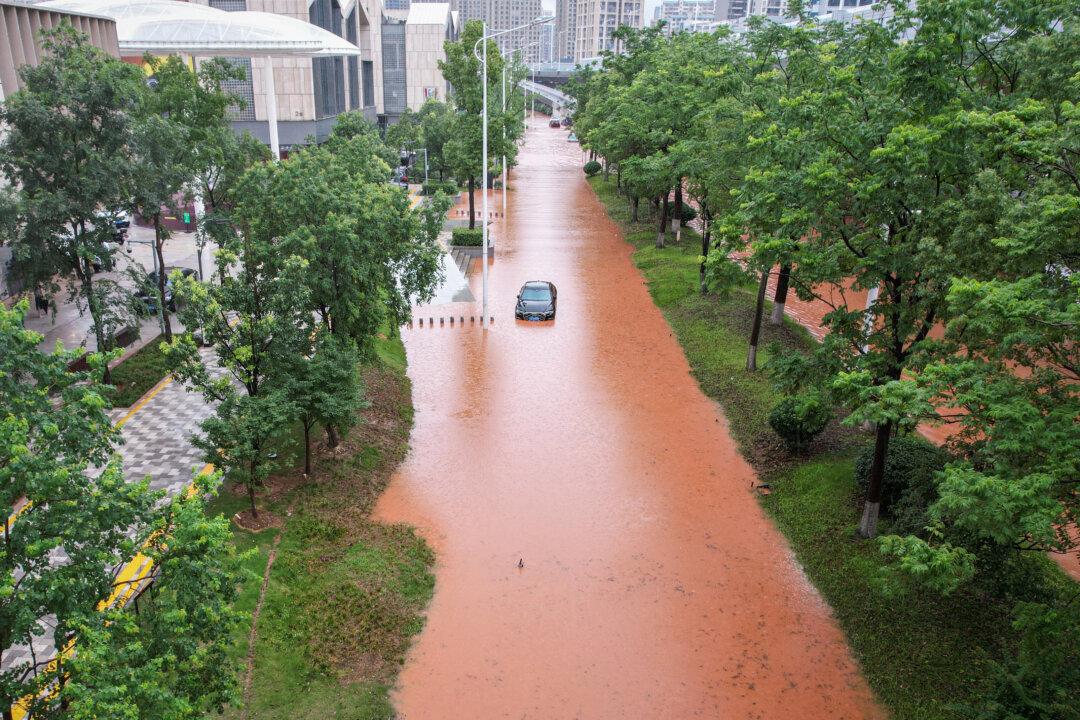Sandstorms continue to wreak havoc in parts of China. Air dust covers most of the region north of the Yangtze River, causing air pollution in at least 18 provinces and cities.
According to the latest three-day forecast, sandstorms will continue in North China from April 13 to 15. The sandstorm in the north is anticipated to continue for the following week.
“I can smell and taste the sand sitting in the emergency room with an N95 mask,” a Chinese netizen said on social media on April 11.
On March 19, China issued its first sandstorm warning for the spring season when cold high pressure went southward.
Between March 19 and 22, severe sandstorms hit an area of 894.5 million acres, covering 15 provinces, Beijing, and 1,212 counties.
On March 10, a heavy sandstorm filled Beijing’s sky with yellow sand.
Earlier last month, multiple provinces and cities encountered intense sandstorms twice.
Beijing
On April 11, Beijing was hit with strong winds, accompanied by sand and dust, with wind gusts reaching level 9 or above.Local media reported the urban area in Beijing was shrouded in yellow sand.
A resident surnamed Chen from the Shunyi District of Beijing told the Chinese language edition of The Epoch Times that sand could quickly get into one’s mouth even when it’s slightly opened. Most people wear a mask and/or cover their face with a scarf outdoors.

Inner Mongolia
Strong sandstorms also hit Inner Mongolia; yellow sands covered the south-central city of Ulanqab.“It [the city] is all darkened by red sands,” Nareen (pseudonym), a resident of Dorbod Banner of Ulanqab, told The Epoch Times on April 11.
The Gobi Desert
The cause of the severe sandstorms was a popular topic on Chinese social media.One netizen wrote: “Since the super heavy sandstorm in the 1990s, the PM2.5 has become a major part of the memory. In recent years the sandstorms have suddenly returned. Is it possible that desertification in Mongolia has become more serious?”
Another wrote: “I remember that there was a saying in the first few years when smog was heavy: ‘The Great Greenwall in the north controls the sand but not the smog.’ To control the smog, urban ventilation channels were started. So is the sand blown over [to Beijing] again?”
To speed up the establishment of the Green Wall, local authorities chose the poplar tree to create a clonal grove. But there were several problems, such as poplars are fast-growing but short-lived.





